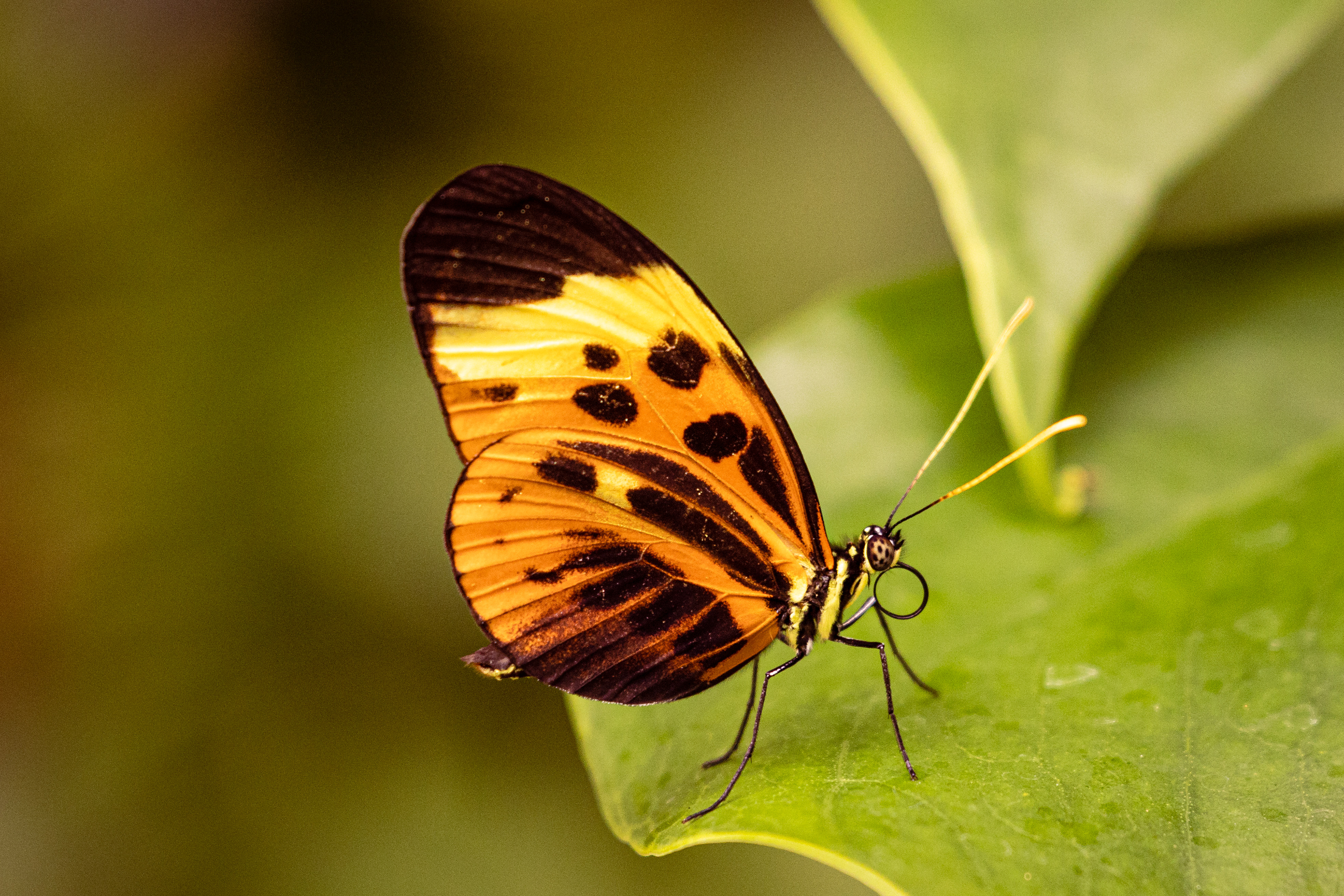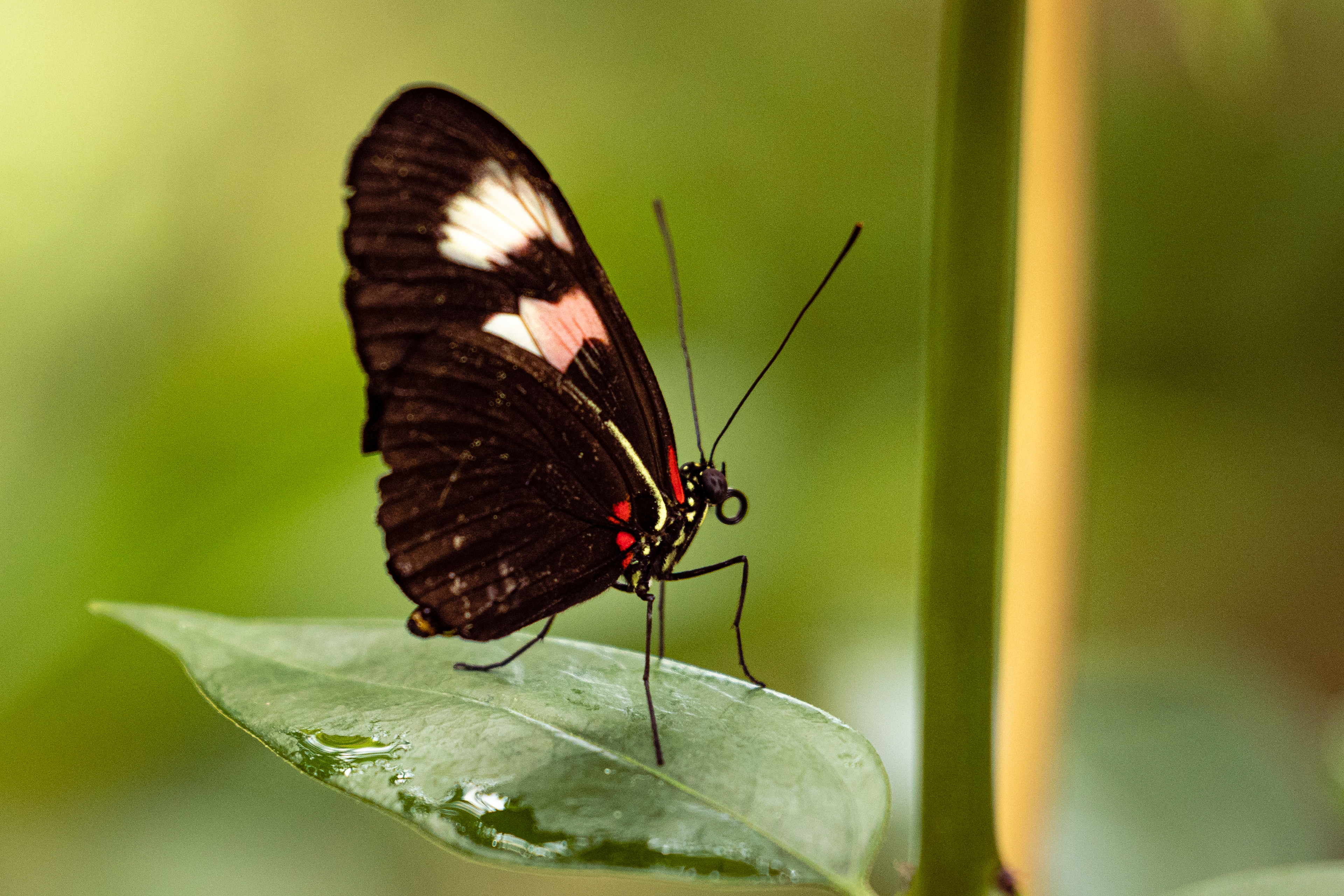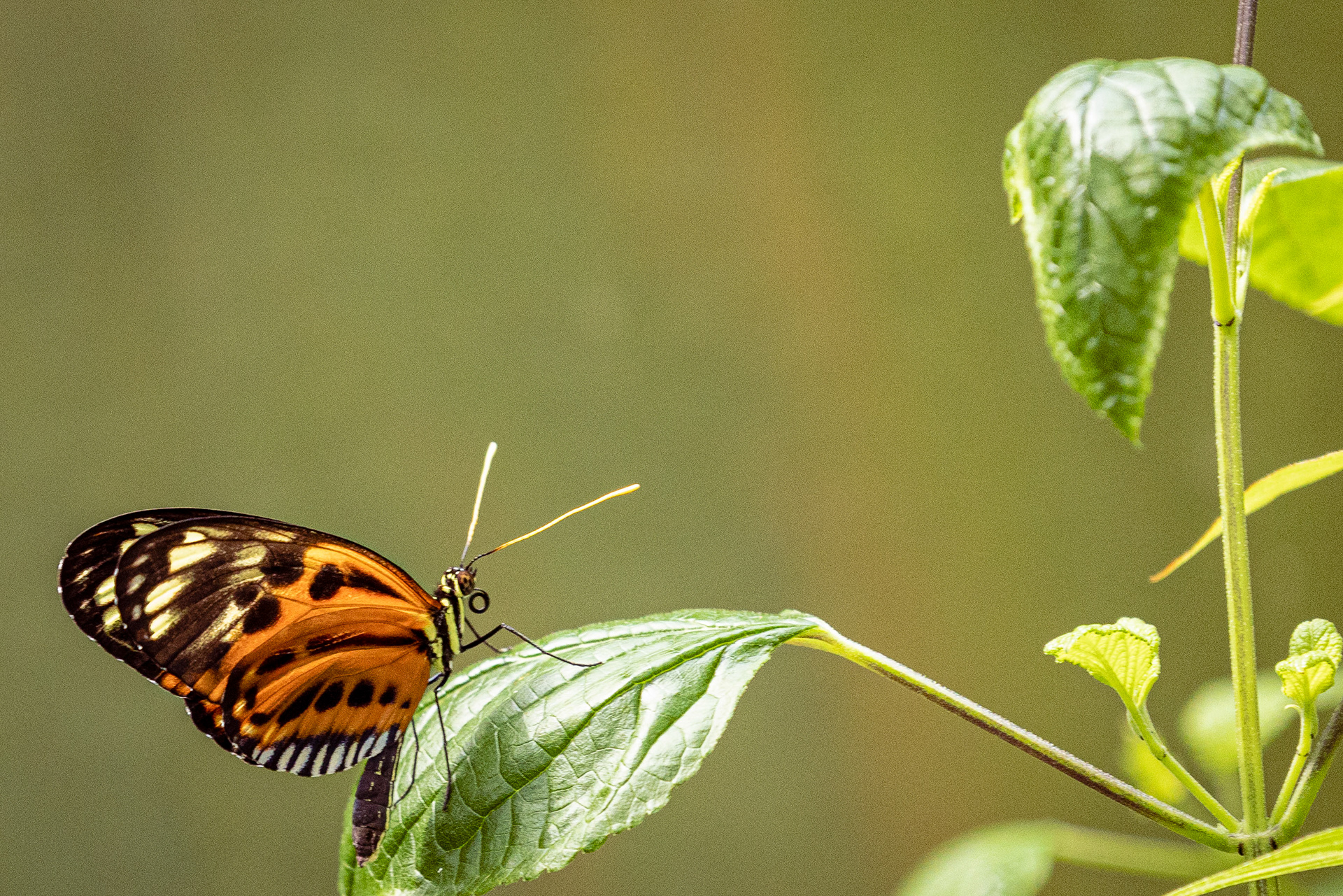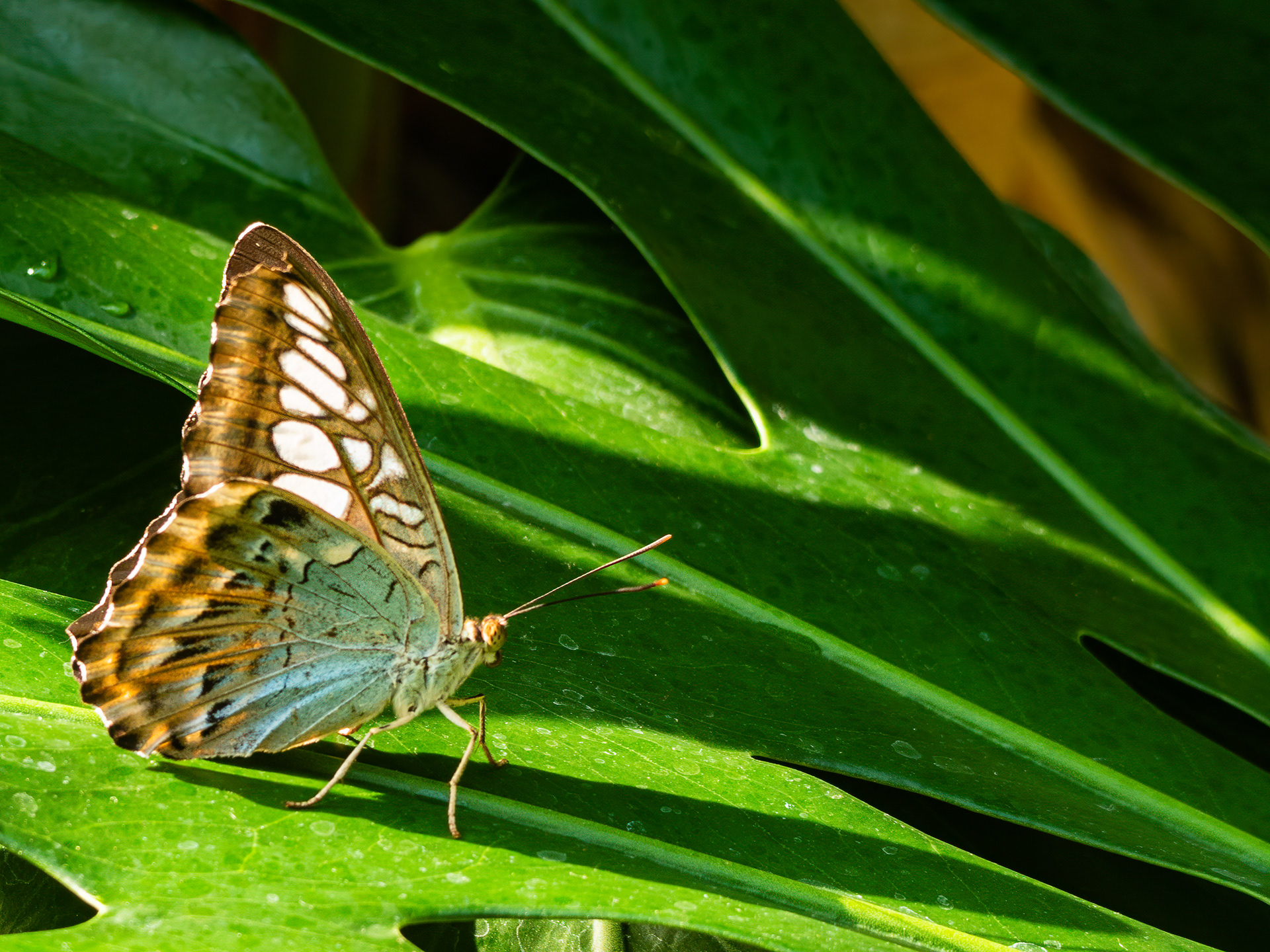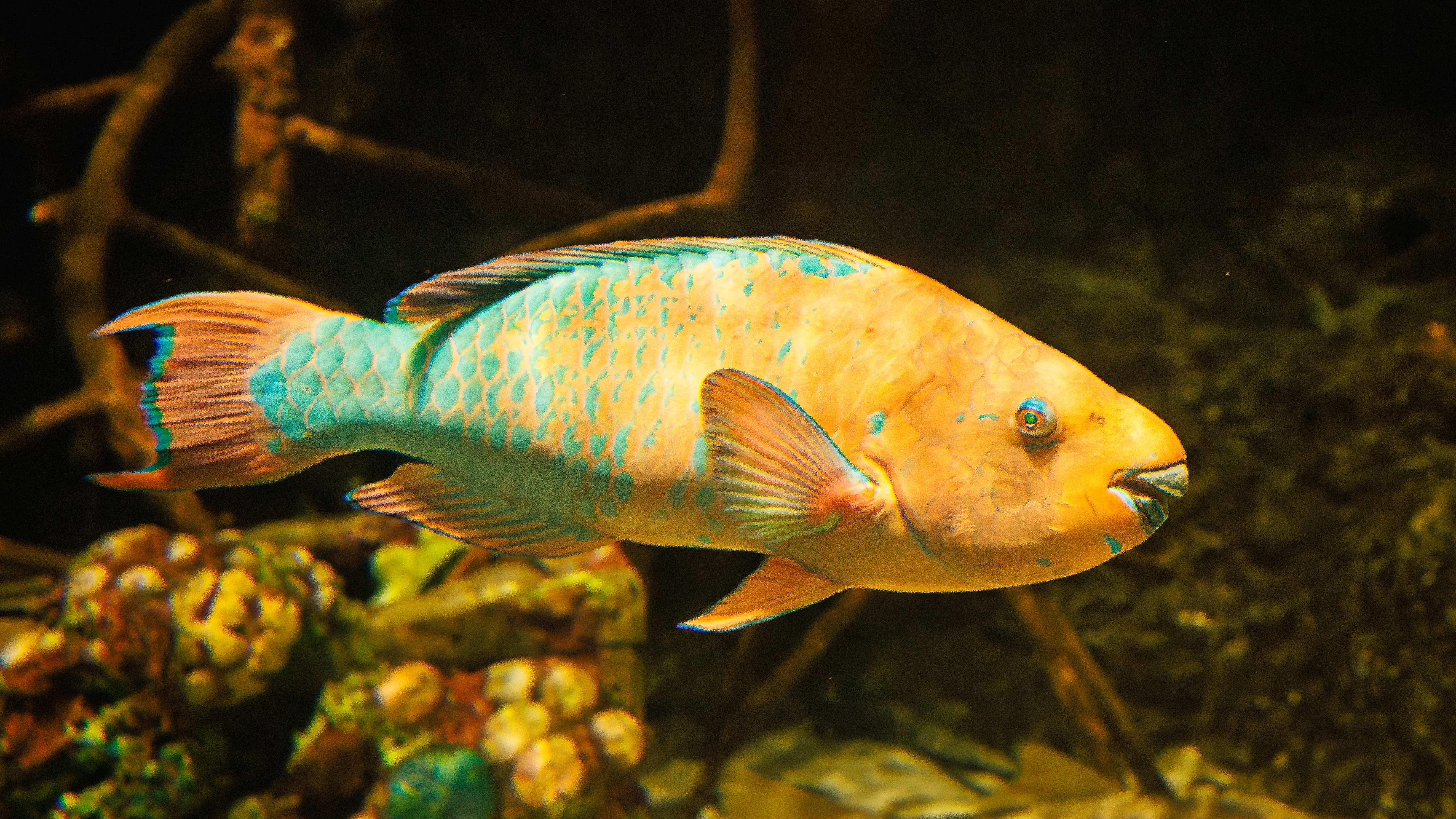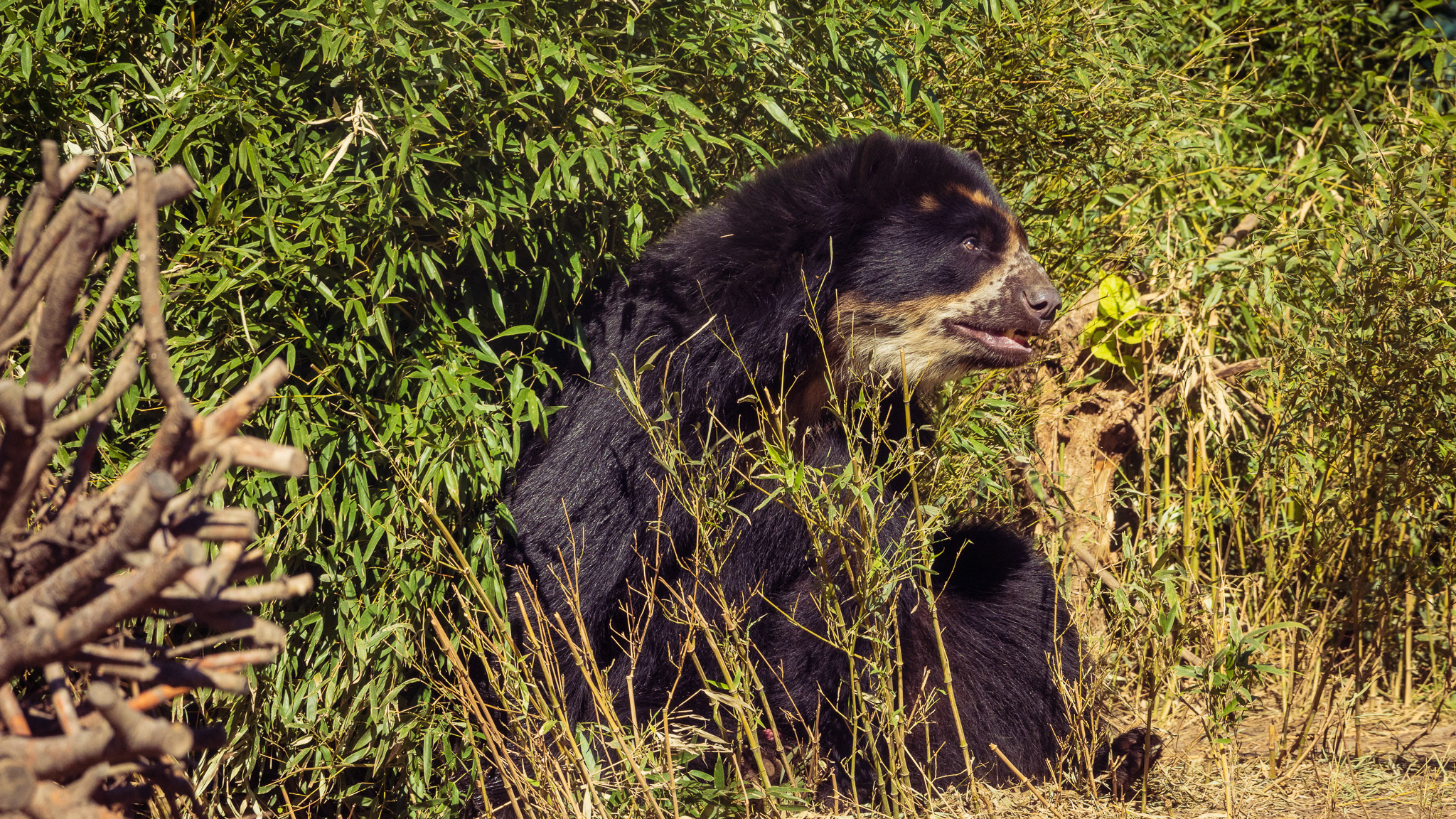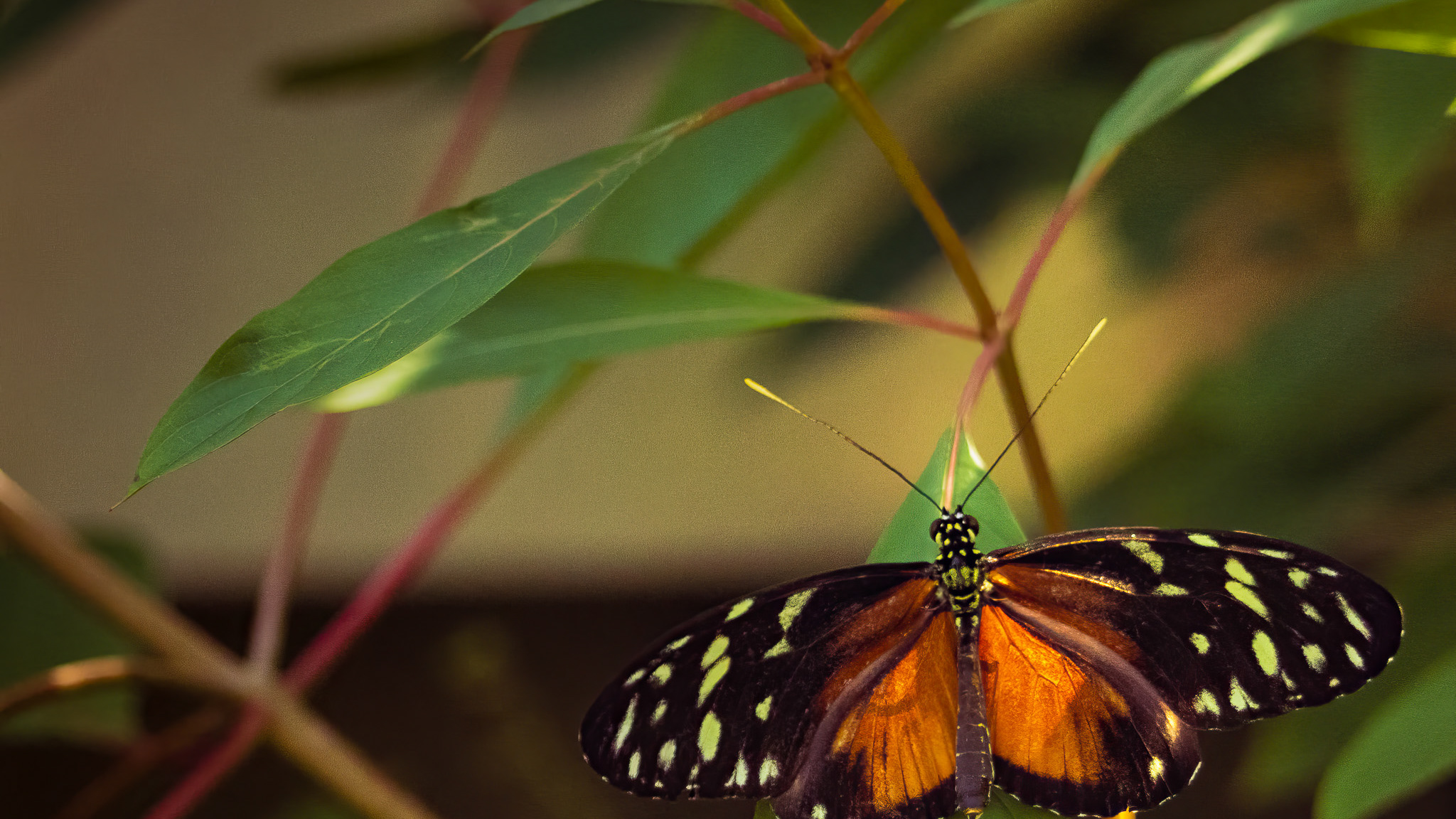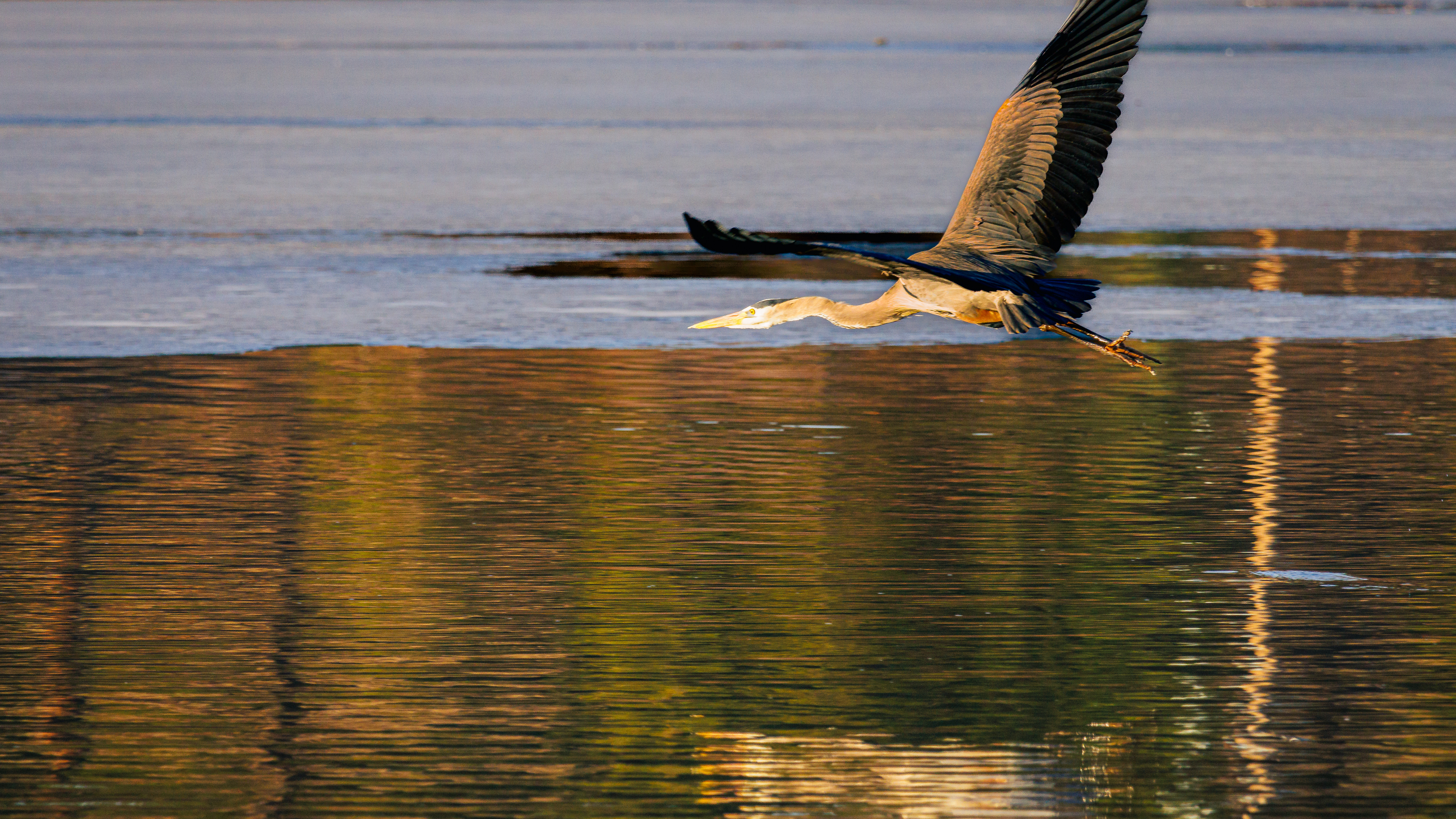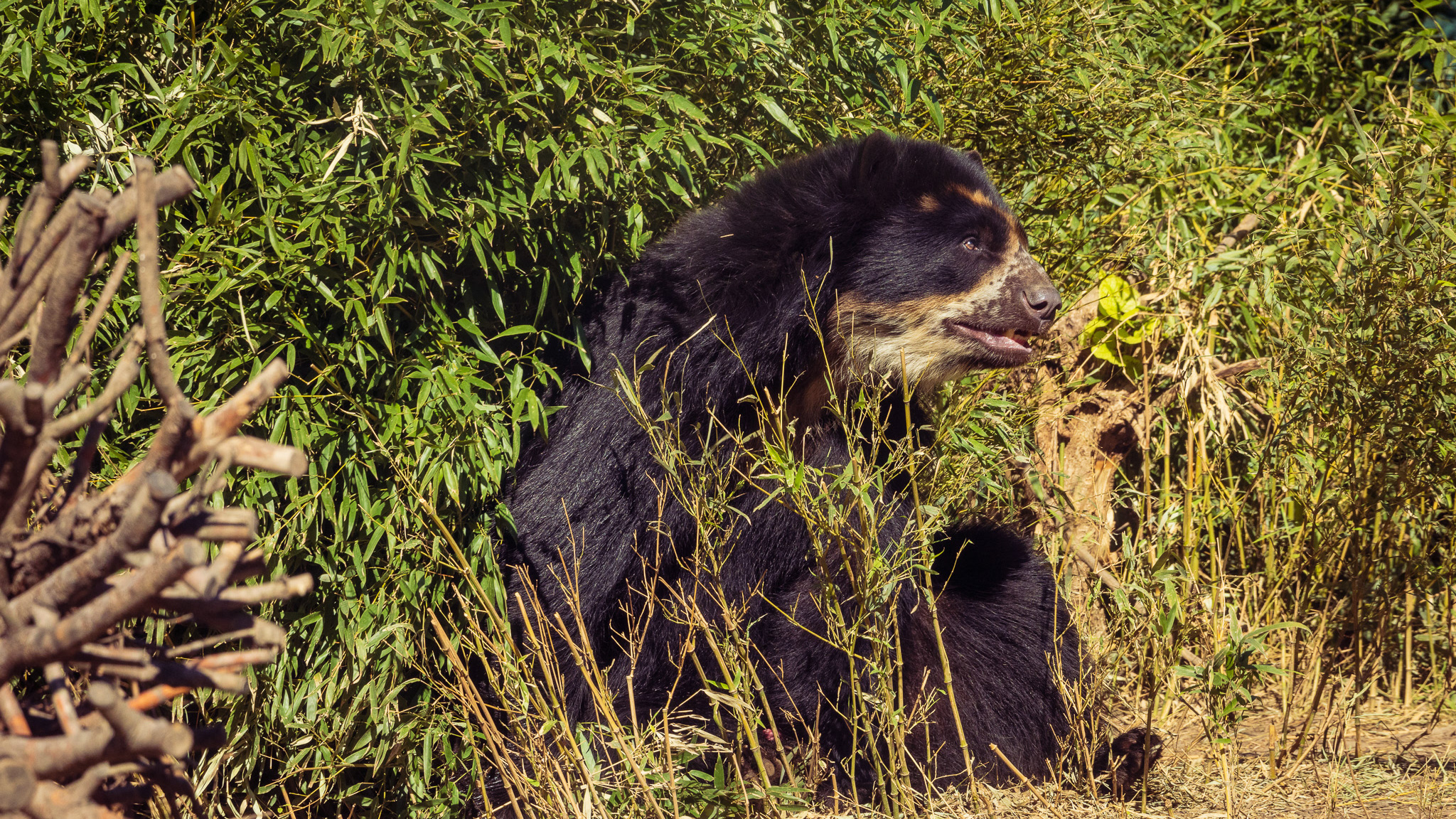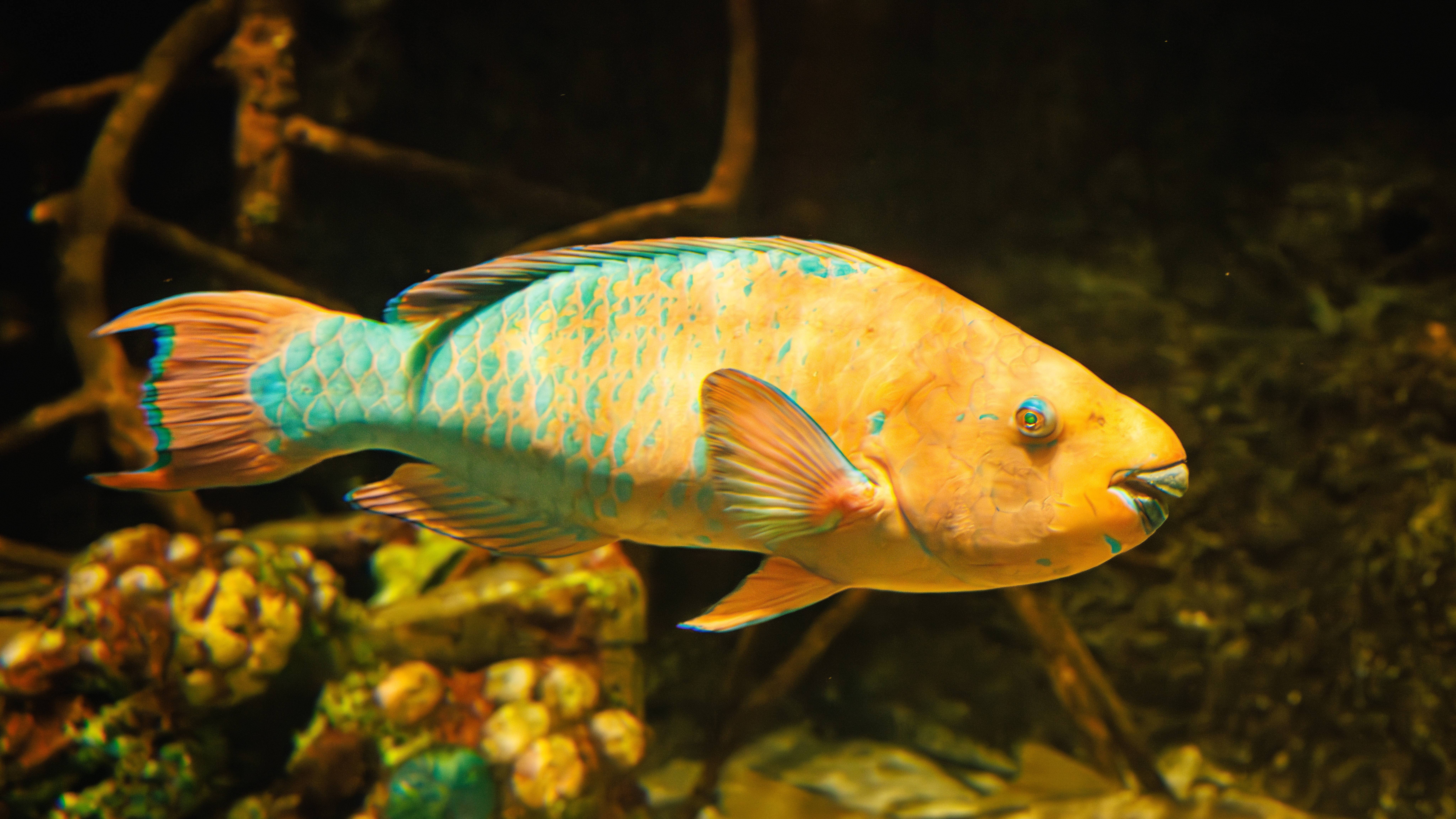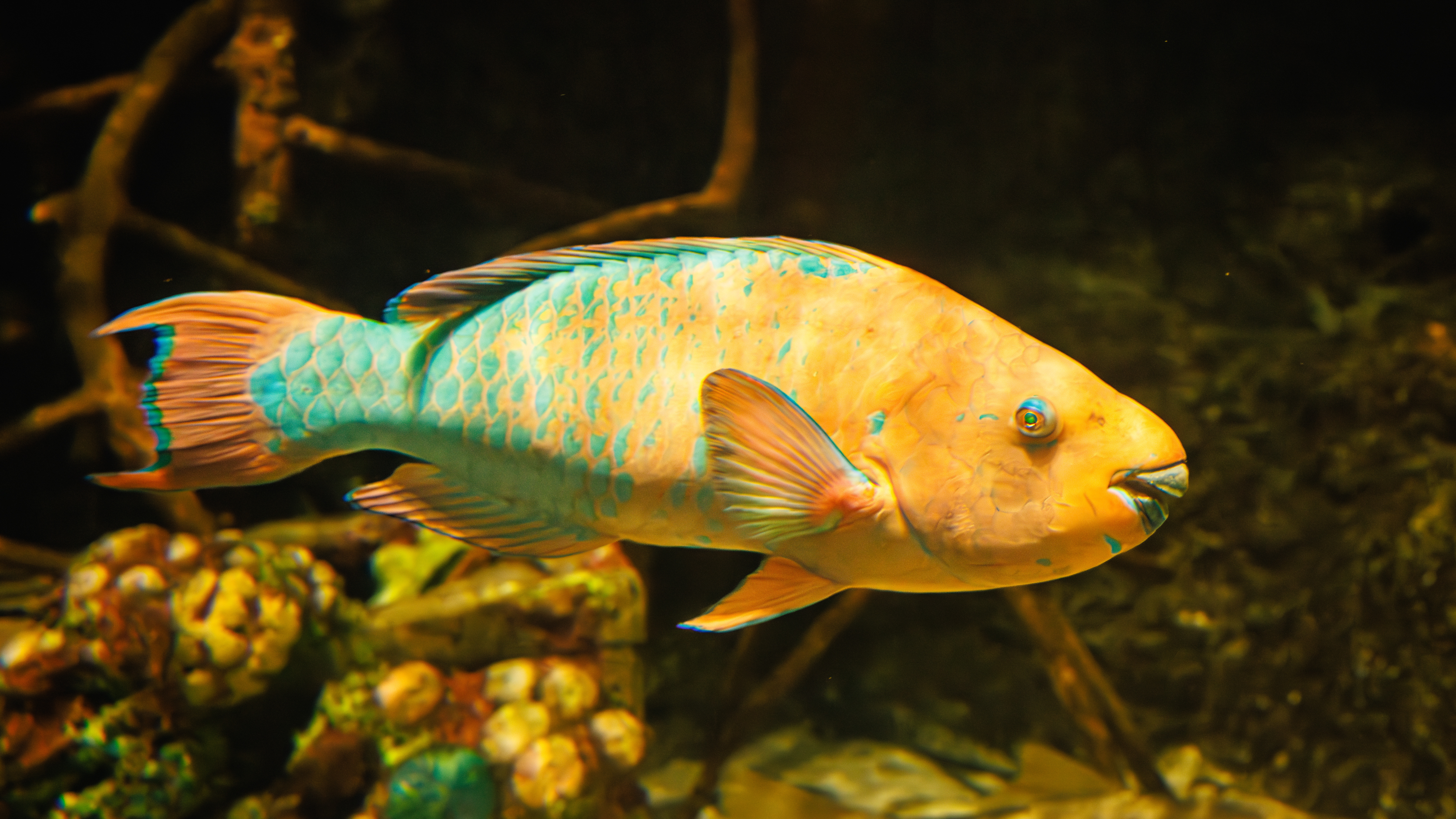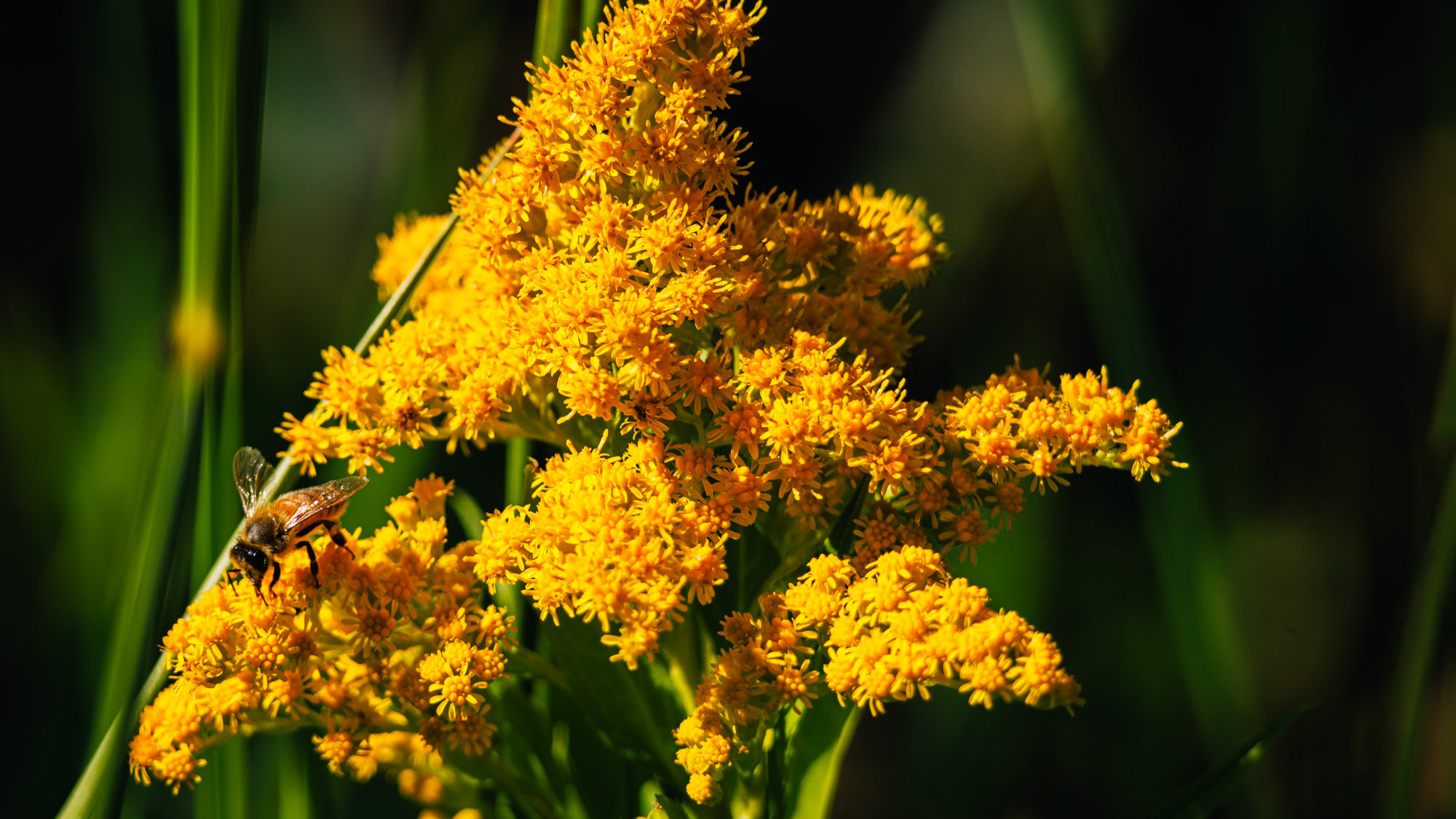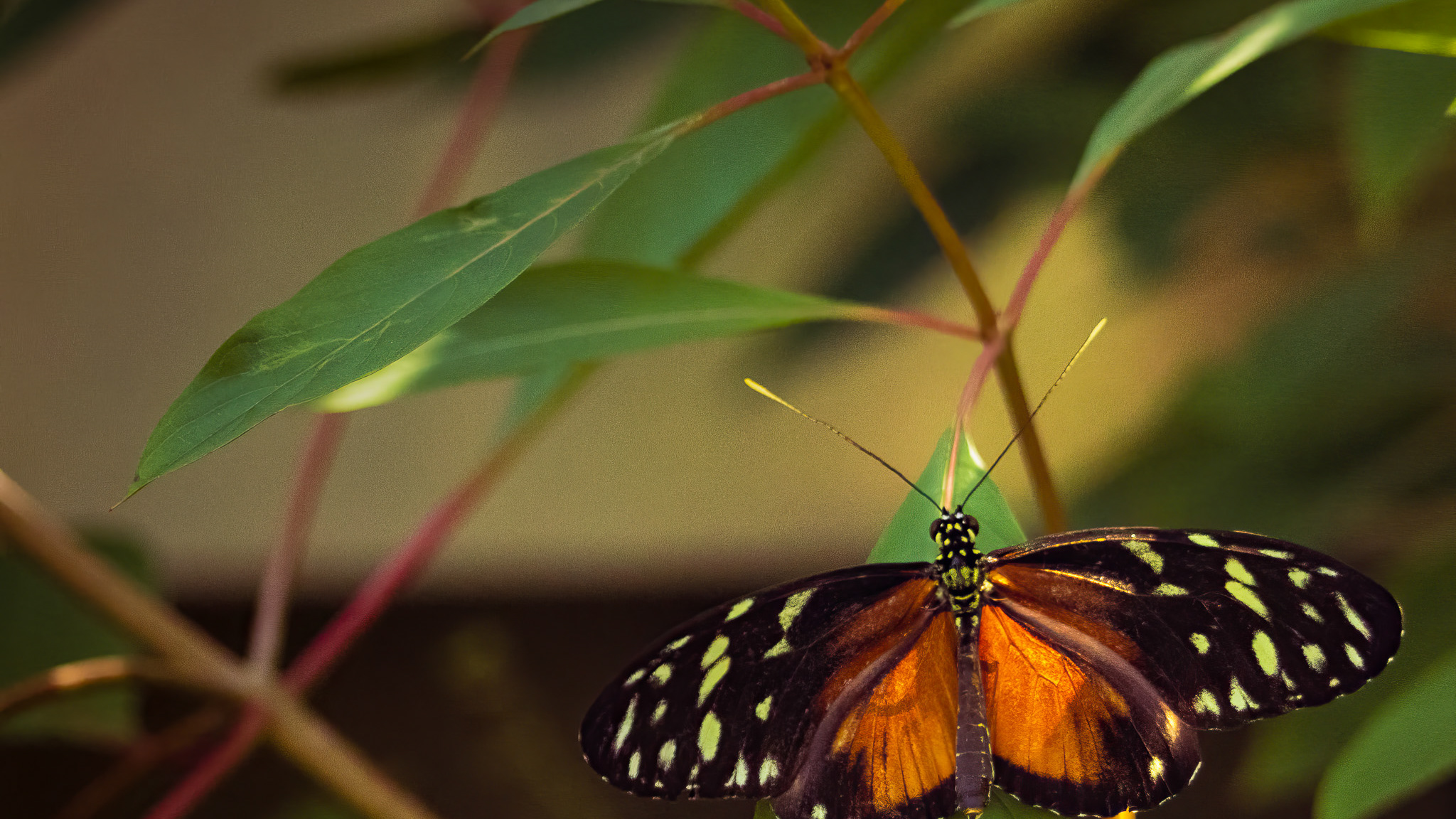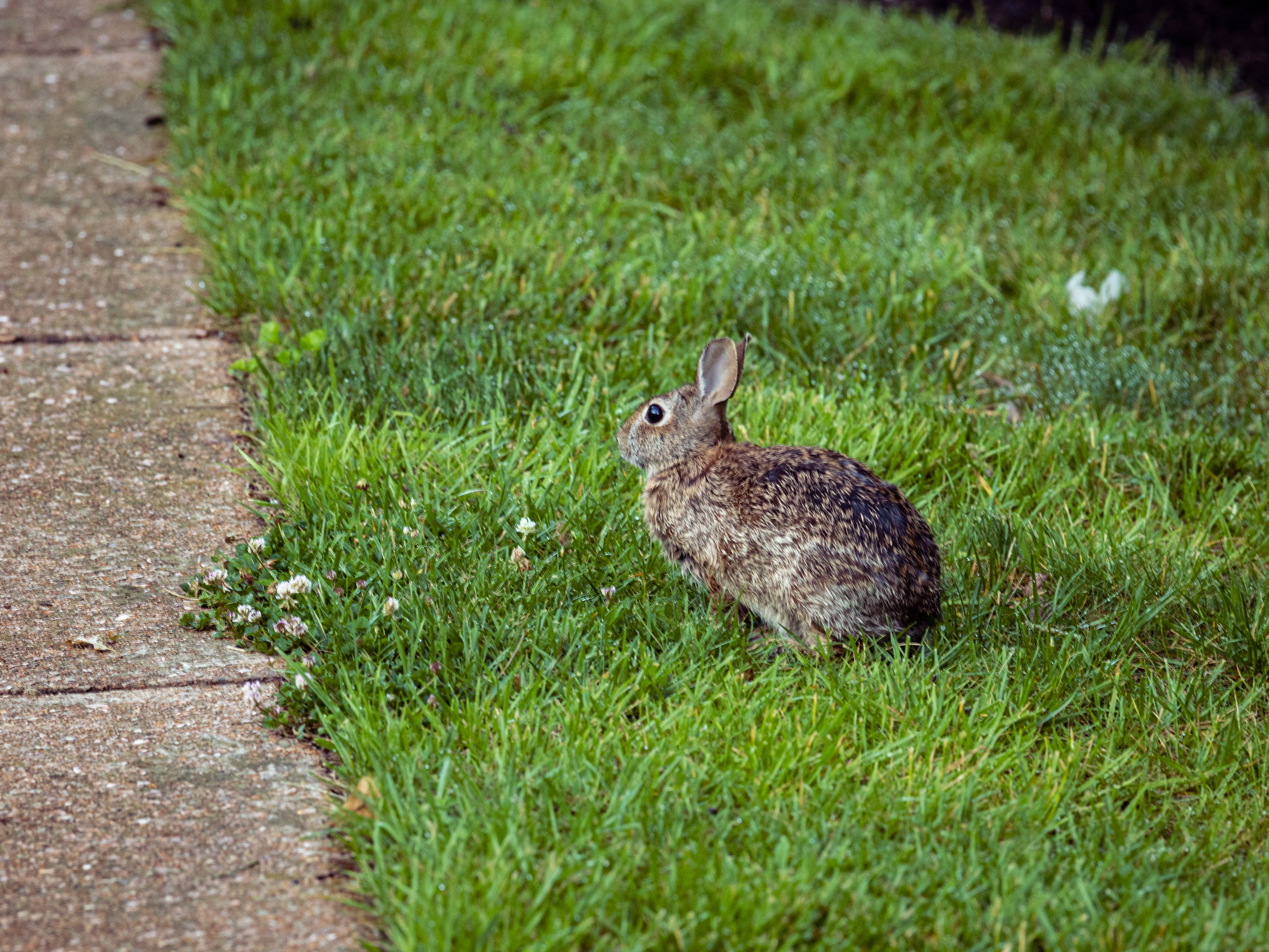
Rabbit
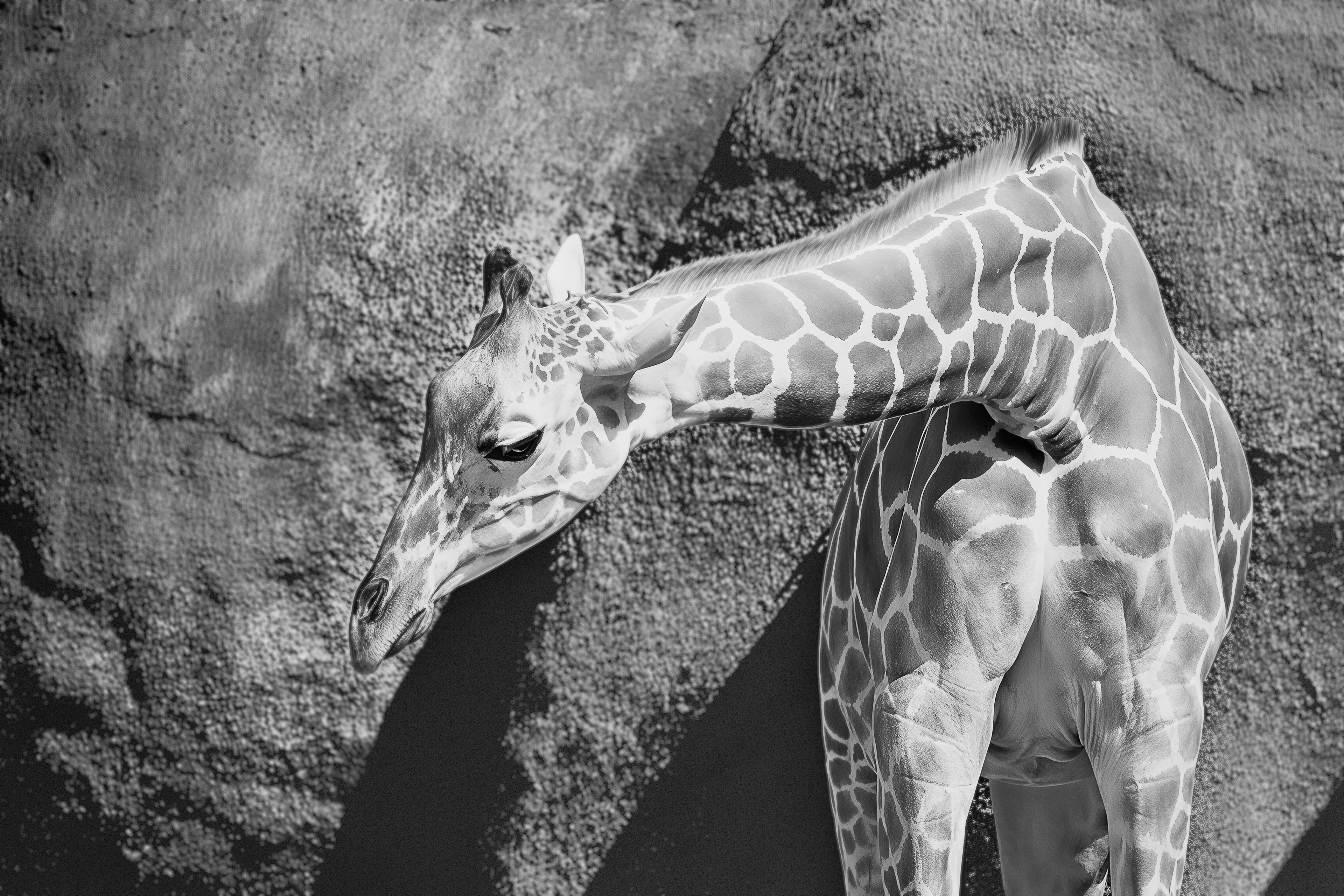
Giraffe
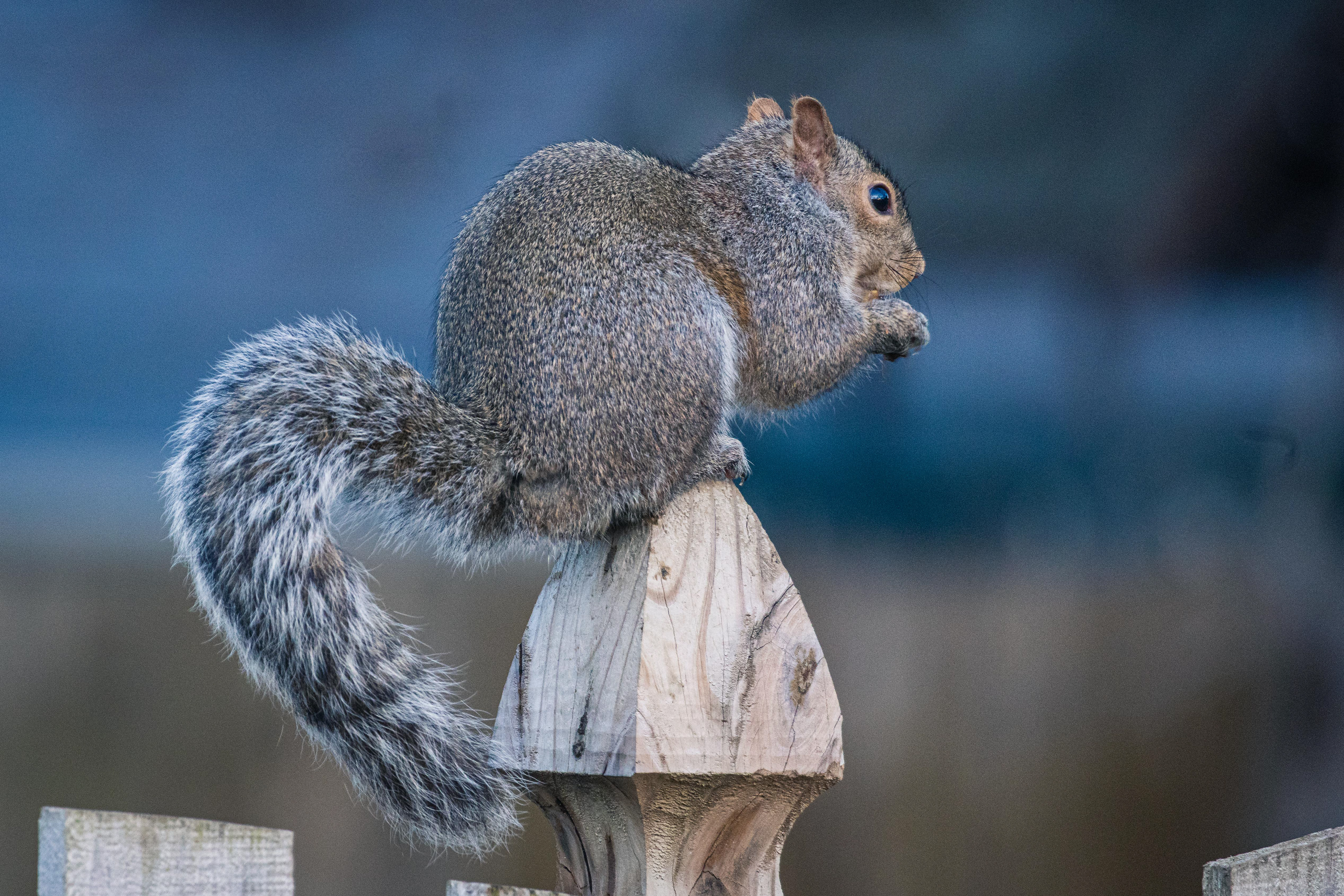
Squirrel
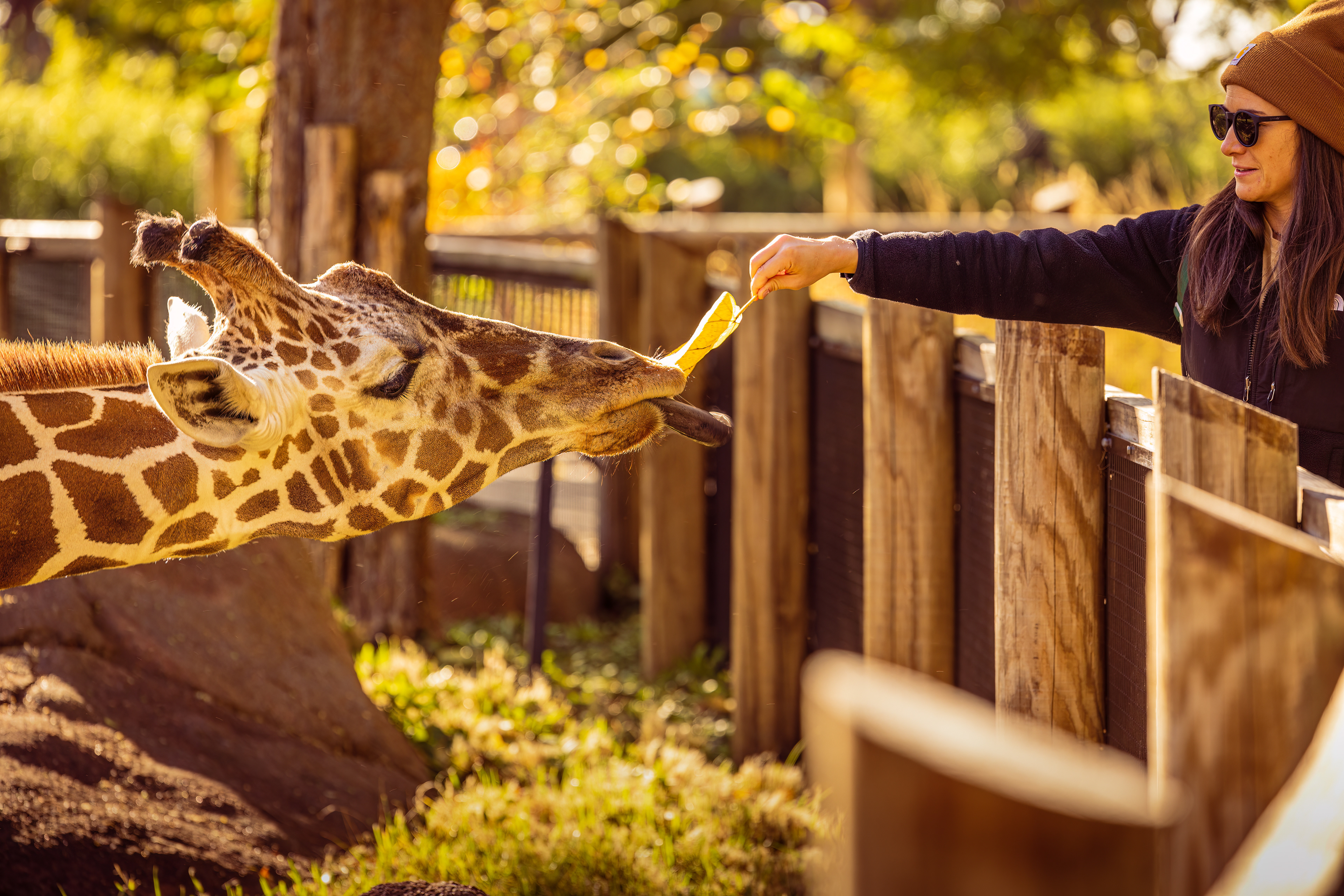
Giraffe
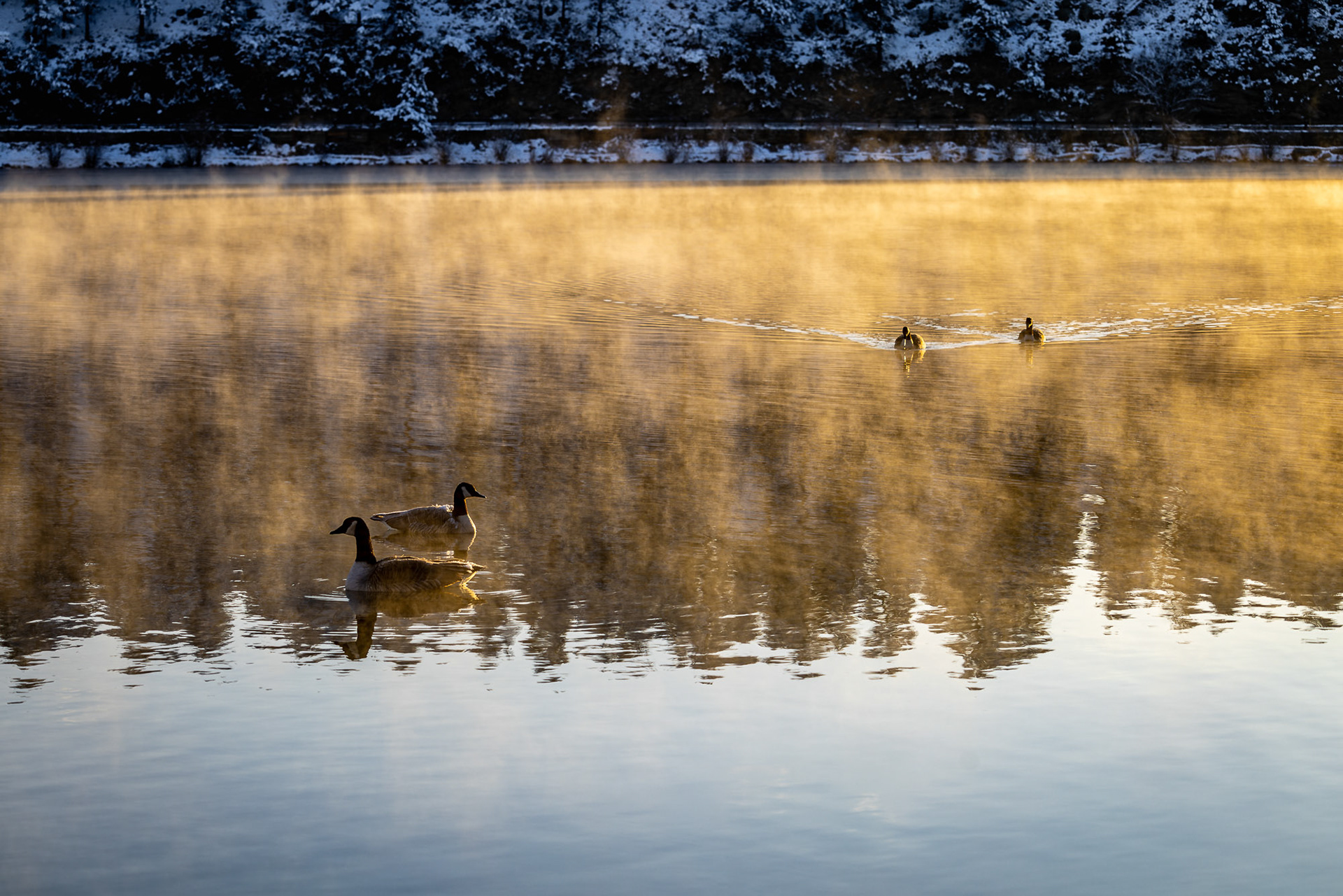
Returning Home
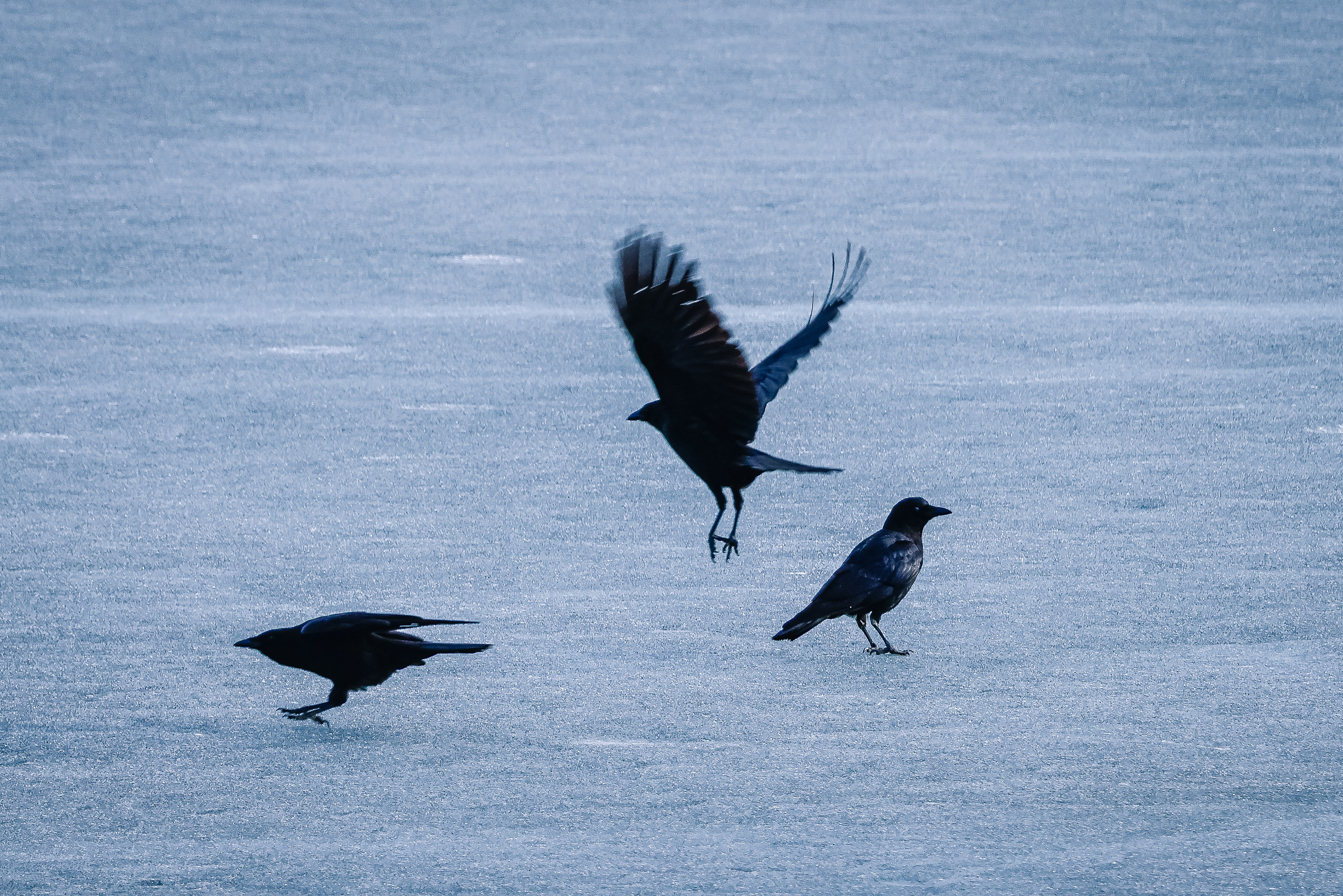
Blackbirds
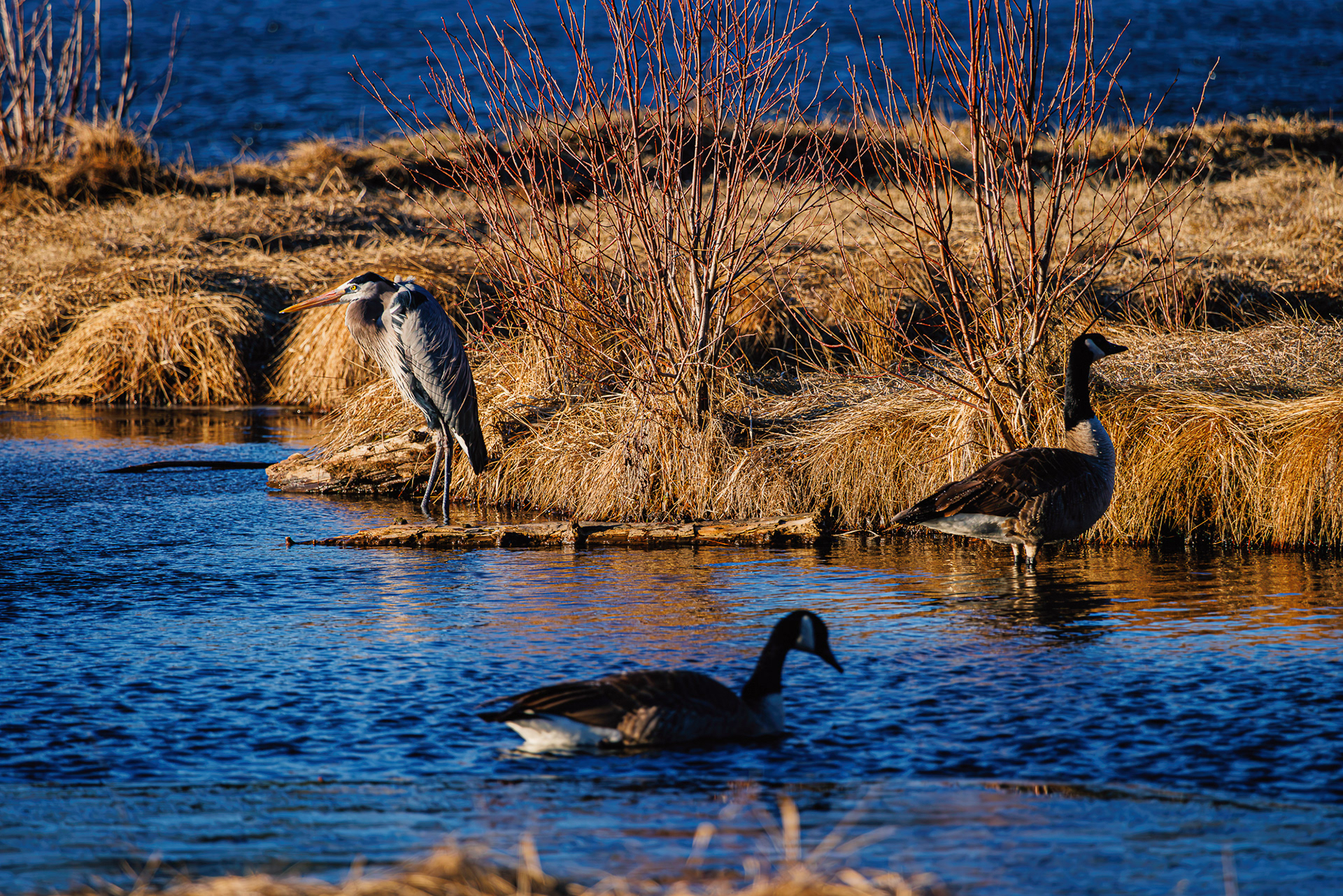
Reflections on Ecology
Wildlife Photography: A Photographer’s Perspective
Wildlife photography is more than just capturing images of animals; it’s about telling their stories and showcasing their beauty in a way that inspires awe and respect. From a photographer’s perspective, wildlife photography combines technical skill, patience, and a deep connection to nature. Commercial photographers and fine art photographers produce high quality images and photographers tend to specialize, into portrait photographers, landscape photographers, etc. While there are many types of photographers and many types of photography, the professional photographer can produce imAGES OF RABBITS SQUIRRELS, AND EVEN GIRRAFES AS WELL AS OTHER interesting images.
1. The Essence of Wildlife Photography
Wildlife photography is a window into the wild—showing creatures in their natural habitats, undisturbed and raw. It’s about capturing moments that convey emotion, behavior, or the unique essence of a species. Great wildlife photographs don’t just document; they evoke a sense of wonder and remind us of the importance of conservation.
2. Preparation is Key
Research: Understanding the animals you want to photograph is essential. Learn about their behaviors, habitats, and routines. This knowledge helps you predict their actions and find the best moments to capture.
Gear:
Camera: A DSLR or mirrorless camera with fast autofocus and high ISO performance is ideal. Lenses: Telephoto lenses (200mm and above) allow you to maintain distance while getting close-up shots. Wide-angle lenses can be used to include the environment in your compositions. Accessories: A sturdy tripod or monopod helps stabilize your shots, especially with heavy lenses. Always carry extra batteries and memory cards. Clothing: Dress to blend into the environment and protect yourself from weather and terrain.
Techniques for Stunning Wildlife Photography Patience and Timing: Animals don’t work on a schedule, so patience is crucial. Often, the most extraordinary shots come after hours of waiting.
Composition: Use the rule of thirds to create dynamic and balanced shots. Focus on the animal’s eyes to establish an emotional connection with the viewer. Experiment with angles—low-angle shots make animals appear more imposing, while wide shots show them in context with their habitat. Lighting: Early mornings and late afternoons (golden hours) offer the best natural light, creating warm tones and soft shadows. Action Shots: Use continuous autofocus and burst mode to capture motion, such as a predator on the hunt or birds in flight. A fast shutter speed (1/1000s or higher) is crucial to freeze action.
4. Ethical Wildlife Photography Respect the Animals: Never interfere with or disturb wildlife to get a shot. Avoid feeding animals, using artificial calls, or getting too close. Leave No Trace: Protect the environment by leaving it as you found it. Safety First: Always prioritize your safety and the animals’ well-being. Maintain a safe distance, especially from predators or animals with young.
5. The Role of Storytelling
Wildlife photography is about more than beautiful images. Each photograph is an opportunity to tell a story—of survival, connection, or the challenges animals face in a changing world. Whether it’s a lion resting after a hunt or a tiny bird building its nest, every moment has meaning.
6. Challenges and Rewards
Challenges: Wildlife photography often involves harsh conditions—extreme weather, challenging terrains, and long waits. Animals are unpredictable, and not every outing results in a great shot. Rewards: The experience of being immersed in nature, observing wildlife up close, and capturing moments that might never be repeated makes it all worthwhile.
7. Post-Processing
Enhance the image subtly to retain its natural feel. Adjust brightness, contrast, and color balance to bring out the best in your shot. Cropping can help improve composition and focus attention on the subject.
Final Thoughts
Wildlife photography is a journey of discovery. It’s a chance to connect with the natural world and share its beauty with others. With every click of the shutter, photographers not only create art but also contribute to raising awareness about the importance of protecting our planet’s incredible biodiversity.
